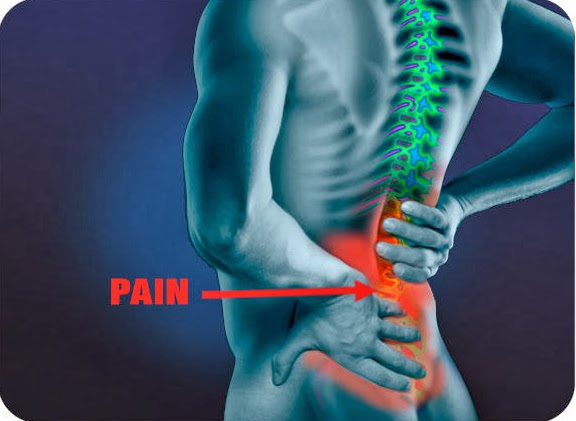



Back pain is a widespread issue, affecting up to 80% of people at some point in their lives, including rugby players. However, traditional diagnostic methods often fall short, with accuracy rates as low as 15-20%. This underscores the need for a new approach to managing back pain.
Long-term back pain can lead to further complications as the body compensates for the injury, making diagnosis even more challenging. Rather than merely addressing the symptoms, focusing on the mechanical causes of back pain has shown promising results.
Biomechanics Coaches™ advocate for this approach, which has demonstrated significant improvements in functional capacity compared to traditional treatments. For rugby players, who are prone to back injuries, this method offers a proactive way to manage and prevent pain.
This intrinsic biomechanical approach is rapidly establishing itself as a much more effective method of treating back pain, especially for rugby players. Furthermore, the most interesting aspect of this approach is that players can be shown how to look after themselves. This reduces the risk of them becoming reliant upon a particular therapist or doctor and, significantly, their compliance with exercise programmes is higher too.
Of course, no single method can be the panacea of all ills, but we are finding that once the mechanical causes are addressed, the pain can often subside without treatment to the ‘injury’, whatever it might be. Sometimes treatment is also required, although patients find that, once they have committed to an exercise programme that addresses the causes of pain, they are more able to manage the problem themselves. Then, should local treatment still be necessary, it is more likely to be successful, as the mechanical causes are no longer present.
The 4-sign test is a valuable tool for assessing back health. By measuring the height difference between crossed knees while seated, players can identify asymmetry that may indicate muscular tightness or spasms contributing to back pain.
Here are the steps of the 4-sign test:

4. Repeat the process with the other leg and compare the height difference between the two sides. Symmetry between the two sides indicates a healthy range of movement, while asymmetry may indicate tightness or spasm in the hip muscle.

Performing the 4-sign exercise can help alleviate tension in the pelvis, relieving pressure on the back and related structures. Consistency is key, and gradual progress should be expected over time.
Incorporating the 4-sign exercise into warm-up and cool-down routines can enhance performance on the field while reducing the risk of injury.
By adopting a proactive approach to back pain management and focusing on mechanical causes, rugby players can enjoy greater comfort and performance on and off the field.
[Download the 4-Sign Release here] to start implementing this effective strategy today.
4 Sign Screen & Exercise (youtube.com)